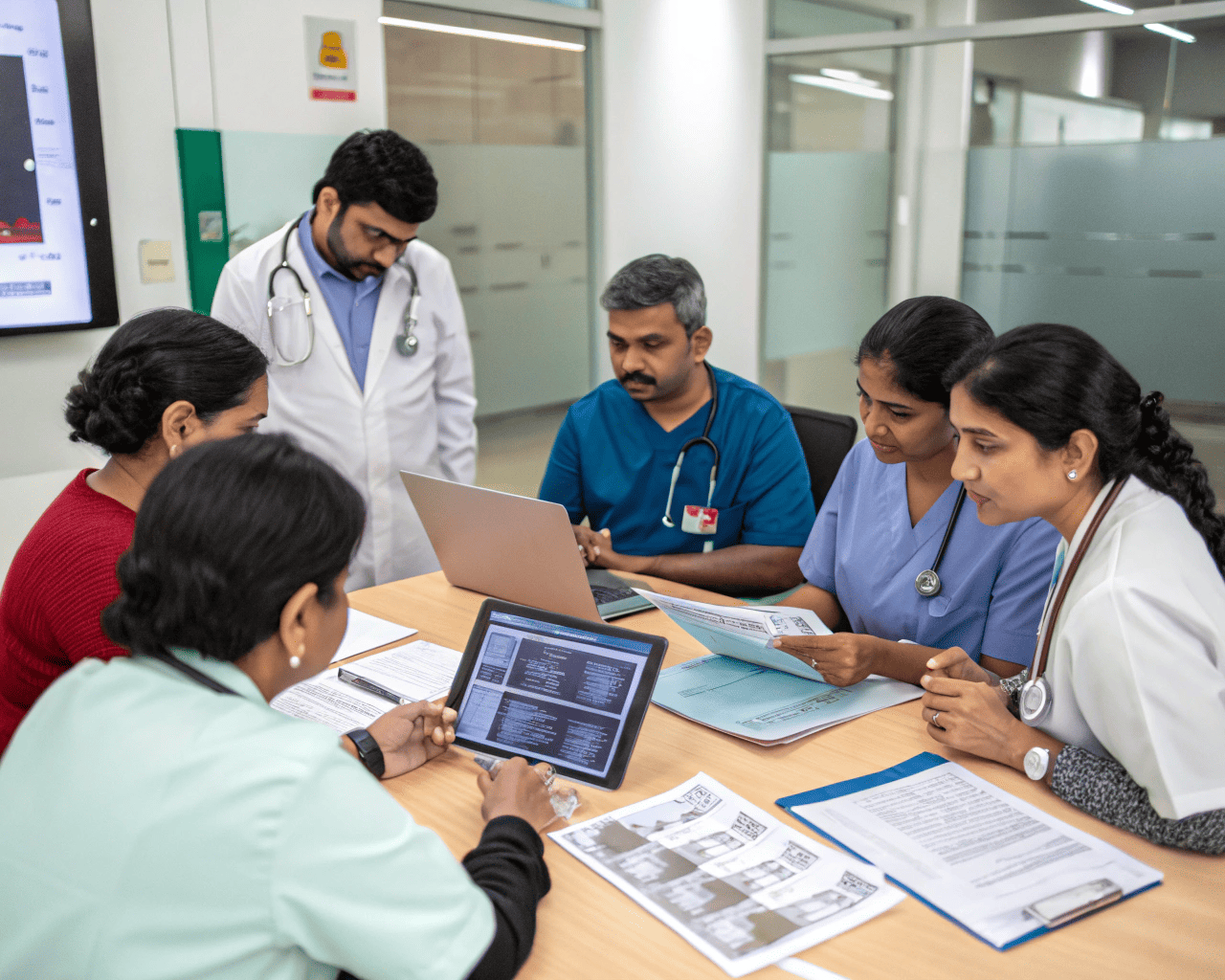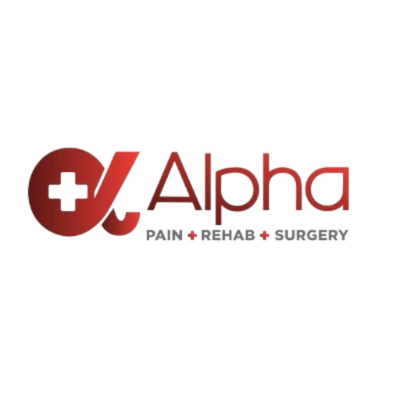The Indian Context: Intracranial Hemorrhage Care in Pune and Beyond
In India, Intracranial Hemorrhage (ICH) presents a significant public health challenge, driven by factors such as a high prevalence of uncontrolled hypertension, increasing rates of road traffic accidents (RTAs), and an aging population.
https://www.marketresearchfuture.com/reports/intracranial-hemorrhage-diagnosis-and-treatment-market-3687
While major metropolitan cities like Pune boast advanced neurological care, disparities in access and awareness remain. Understanding the unique aspects of ICH diagnosis and treatment in the Indian context is crucial for improving outcomes.
Prevalence and Causes in India:
Hypertension: Uncontrolled hypertension is the leading cause of spontaneous (non-traumatic) ICH in India, mirroring global trends. Late diagnosis of hypertension and poor adherence to medication contribute to this burden.
Trauma: India has one of the highest rates of road traffic accidents globally. Traumatic brain injuries (TBIs), a major cause of epidural and subdural hematomas, are a common presentation in emergency departments, especially in urban centers like Pune, which have high vehicular density.
Rural-Urban Divide: While awareness and access to healthcare infrastructure are improving in urban areas, rural populations often face significant challenges in reaching specialized care quickly, leading to delays in diagnosis and treatment.
Diagnostic Landscape in Pune:
Pune, being a major economic and educational hub in Maharashtra, has a well-developed healthcare infrastructure, particularly in neurosciences.
Accessibility of CT Scans: Most multi-specialty hospitals and large diagnostic centers in Pune are equipped with modern CT scanners, ensuring rapid diagnosis of acute ICH. This accessibility is vital for emergency management.
Neurology and Neurosurgery Centers: Pune boasts several tertiary care hospitals with dedicated neurology and neurosurgery departments, offering advanced diagnostic capabilities (e.g., MRI, CTA, DSA) and experienced specialists. Hospitals such as Sahyadri Hospital, Apollo Hospitals, Ruby Hall Clinic, Jehangir Hospital, and Manipal Hospital are recognized for their neurological services and handle a high volume of ICH cases.
Specialized Expertise: Neurosurgeons and neurologists in Pune are adept at diagnosing and managing all types of ICH, including complex cases requiring advanced surgical techniques or endovascular interventions for aneurysms and AVMs.
Treatment Approaches in India:
Emergency Response: The emphasis in urban centers like Pune is on rapid transport to an equipped hospital, immediate resuscitation, and urgent imaging. This "golden hour" approach is critical for minimizing brain damage.
Medical Management: Management of blood pressure, intracranial pressure (ICP), and seizure prophylaxis follows international guidelines. However, affordability of high-cost medications or advanced monitoring devices can sometimes be a concern for patients from lower socioeconomic strata.
Surgical Intervention: Access to neurosurgical expertise and operating facilities for craniotomy, hematoma evacuation, and aneurysm clipping/coiling is readily available in Pune's major hospitals. The decision for surgery is made based on standard criteria (hematoma size, location, neurological status) adapted to the specific patient context.
Rehabilitation: Post-acute rehabilitation is increasingly recognized as crucial. Pune has a growing number of rehabilitation centers offering physical, occupational, and speech therapy, though comprehensive, long-term rehabilitation remains a challenge for many patients due to cost and family support structures.
Challenges in the Indian Context:
Pre-hospital Delay: Delays in recognizing symptoms and reaching a medical facility, especially from rural or semi-urban areas to specialized centers in Pune, can significantly worsen outcomes.
Financial Burden: The cost of advanced diagnostic tests, emergency surgery, prolonged ICU stays, and long-term rehabilitation can be substantial, often leading to catastrophic out-of-pocket expenses for families without adequate health insurance.
Awareness: Lower public awareness about stroke symptoms and the importance of immediate medical attention (Act FAST principles) contributes to treatment delays.
Resource Disparities: While Pune is well-equipped, smaller towns and rural areas across India often lack the necessary neurosurgical facilities, ICU beds, and trained personnel.
Post-Discharge Care: Ensuring continued medication adherence, follow-up, and access to rehabilitation services after discharge remains a challenge for many, impacting long-term recovery.
Despite these challenges, India, and particularly cities like Pune, are making significant strides in improving ICH care. Increased public awareness campaigns, government health schemes, and the continuous upgrading of medical infrastructure are essential steps to bridge the existing gaps and provide equitable access to life-saving treatment for intracranial hemorrhage across the nation.
In India, Intracranial Hemorrhage (ICH) presents a significant public health challenge, driven by factors such as a high prevalence of uncontrolled hypertension, increasing rates of road traffic accidents (RTAs), and an aging population.
https://www.marketresearchfuture.com/reports/intracranial-hemorrhage-diagnosis-and-treatment-market-3687
While major metropolitan cities like Pune boast advanced neurological care, disparities in access and awareness remain. Understanding the unique aspects of ICH diagnosis and treatment in the Indian context is crucial for improving outcomes.
Prevalence and Causes in India:
Hypertension: Uncontrolled hypertension is the leading cause of spontaneous (non-traumatic) ICH in India, mirroring global trends. Late diagnosis of hypertension and poor adherence to medication contribute to this burden.
Trauma: India has one of the highest rates of road traffic accidents globally. Traumatic brain injuries (TBIs), a major cause of epidural and subdural hematomas, are a common presentation in emergency departments, especially in urban centers like Pune, which have high vehicular density.
Rural-Urban Divide: While awareness and access to healthcare infrastructure are improving in urban areas, rural populations often face significant challenges in reaching specialized care quickly, leading to delays in diagnosis and treatment.
Diagnostic Landscape in Pune:
Pune, being a major economic and educational hub in Maharashtra, has a well-developed healthcare infrastructure, particularly in neurosciences.
Accessibility of CT Scans: Most multi-specialty hospitals and large diagnostic centers in Pune are equipped with modern CT scanners, ensuring rapid diagnosis of acute ICH. This accessibility is vital for emergency management.
Neurology and Neurosurgery Centers: Pune boasts several tertiary care hospitals with dedicated neurology and neurosurgery departments, offering advanced diagnostic capabilities (e.g., MRI, CTA, DSA) and experienced specialists. Hospitals such as Sahyadri Hospital, Apollo Hospitals, Ruby Hall Clinic, Jehangir Hospital, and Manipal Hospital are recognized for their neurological services and handle a high volume of ICH cases.
Specialized Expertise: Neurosurgeons and neurologists in Pune are adept at diagnosing and managing all types of ICH, including complex cases requiring advanced surgical techniques or endovascular interventions for aneurysms and AVMs.
Treatment Approaches in India:
Emergency Response: The emphasis in urban centers like Pune is on rapid transport to an equipped hospital, immediate resuscitation, and urgent imaging. This "golden hour" approach is critical for minimizing brain damage.
Medical Management: Management of blood pressure, intracranial pressure (ICP), and seizure prophylaxis follows international guidelines. However, affordability of high-cost medications or advanced monitoring devices can sometimes be a concern for patients from lower socioeconomic strata.
Surgical Intervention: Access to neurosurgical expertise and operating facilities for craniotomy, hematoma evacuation, and aneurysm clipping/coiling is readily available in Pune's major hospitals. The decision for surgery is made based on standard criteria (hematoma size, location, neurological status) adapted to the specific patient context.
Rehabilitation: Post-acute rehabilitation is increasingly recognized as crucial. Pune has a growing number of rehabilitation centers offering physical, occupational, and speech therapy, though comprehensive, long-term rehabilitation remains a challenge for many patients due to cost and family support structures.
Challenges in the Indian Context:
Pre-hospital Delay: Delays in recognizing symptoms and reaching a medical facility, especially from rural or semi-urban areas to specialized centers in Pune, can significantly worsen outcomes.
Financial Burden: The cost of advanced diagnostic tests, emergency surgery, prolonged ICU stays, and long-term rehabilitation can be substantial, often leading to catastrophic out-of-pocket expenses for families without adequate health insurance.
Awareness: Lower public awareness about stroke symptoms and the importance of immediate medical attention (Act FAST principles) contributes to treatment delays.
Resource Disparities: While Pune is well-equipped, smaller towns and rural areas across India often lack the necessary neurosurgical facilities, ICU beds, and trained personnel.
Post-Discharge Care: Ensuring continued medication adherence, follow-up, and access to rehabilitation services after discharge remains a challenge for many, impacting long-term recovery.
Despite these challenges, India, and particularly cities like Pune, are making significant strides in improving ICH care. Increased public awareness campaigns, government health schemes, and the continuous upgrading of medical infrastructure are essential steps to bridge the existing gaps and provide equitable access to life-saving treatment for intracranial hemorrhage across the nation.
The Indian Context: Intracranial Hemorrhage Care in Pune and Beyond
In India, Intracranial Hemorrhage (ICH) presents a significant public health challenge, driven by factors such as a high prevalence of uncontrolled hypertension, increasing rates of road traffic accidents (RTAs), and an aging population.
https://www.marketresearchfuture.com/reports/intracranial-hemorrhage-diagnosis-and-treatment-market-3687
While major metropolitan cities like Pune boast advanced neurological care, disparities in access and awareness remain. Understanding the unique aspects of ICH diagnosis and treatment in the Indian context is crucial for improving outcomes.
Prevalence and Causes in India:
Hypertension: Uncontrolled hypertension is the leading cause of spontaneous (non-traumatic) ICH in India, mirroring global trends. Late diagnosis of hypertension and poor adherence to medication contribute to this burden.
Trauma: India has one of the highest rates of road traffic accidents globally. Traumatic brain injuries (TBIs), a major cause of epidural and subdural hematomas, are a common presentation in emergency departments, especially in urban centers like Pune, which have high vehicular density.
Rural-Urban Divide: While awareness and access to healthcare infrastructure are improving in urban areas, rural populations often face significant challenges in reaching specialized care quickly, leading to delays in diagnosis and treatment.
Diagnostic Landscape in Pune:
Pune, being a major economic and educational hub in Maharashtra, has a well-developed healthcare infrastructure, particularly in neurosciences.
Accessibility of CT Scans: Most multi-specialty hospitals and large diagnostic centers in Pune are equipped with modern CT scanners, ensuring rapid diagnosis of acute ICH. This accessibility is vital for emergency management.
Neurology and Neurosurgery Centers: Pune boasts several tertiary care hospitals with dedicated neurology and neurosurgery departments, offering advanced diagnostic capabilities (e.g., MRI, CTA, DSA) and experienced specialists. Hospitals such as Sahyadri Hospital, Apollo Hospitals, Ruby Hall Clinic, Jehangir Hospital, and Manipal Hospital are recognized for their neurological services and handle a high volume of ICH cases.
Specialized Expertise: Neurosurgeons and neurologists in Pune are adept at diagnosing and managing all types of ICH, including complex cases requiring advanced surgical techniques or endovascular interventions for aneurysms and AVMs.
Treatment Approaches in India:
Emergency Response: The emphasis in urban centers like Pune is on rapid transport to an equipped hospital, immediate resuscitation, and urgent imaging. This "golden hour" approach is critical for minimizing brain damage.
Medical Management: Management of blood pressure, intracranial pressure (ICP), and seizure prophylaxis follows international guidelines. However, affordability of high-cost medications or advanced monitoring devices can sometimes be a concern for patients from lower socioeconomic strata.
Surgical Intervention: Access to neurosurgical expertise and operating facilities for craniotomy, hematoma evacuation, and aneurysm clipping/coiling is readily available in Pune's major hospitals. The decision for surgery is made based on standard criteria (hematoma size, location, neurological status) adapted to the specific patient context.
Rehabilitation: Post-acute rehabilitation is increasingly recognized as crucial. Pune has a growing number of rehabilitation centers offering physical, occupational, and speech therapy, though comprehensive, long-term rehabilitation remains a challenge for many patients due to cost and family support structures.
Challenges in the Indian Context:
Pre-hospital Delay: Delays in recognizing symptoms and reaching a medical facility, especially from rural or semi-urban areas to specialized centers in Pune, can significantly worsen outcomes.
Financial Burden: The cost of advanced diagnostic tests, emergency surgery, prolonged ICU stays, and long-term rehabilitation can be substantial, often leading to catastrophic out-of-pocket expenses for families without adequate health insurance.
Awareness: Lower public awareness about stroke symptoms and the importance of immediate medical attention (Act FAST principles) contributes to treatment delays.
Resource Disparities: While Pune is well-equipped, smaller towns and rural areas across India often lack the necessary neurosurgical facilities, ICU beds, and trained personnel.
Post-Discharge Care: Ensuring continued medication adherence, follow-up, and access to rehabilitation services after discharge remains a challenge for many, impacting long-term recovery.
Despite these challenges, India, and particularly cities like Pune, are making significant strides in improving ICH care. Increased public awareness campaigns, government health schemes, and the continuous upgrading of medical infrastructure are essential steps to bridge the existing gaps and provide equitable access to life-saving treatment for intracranial hemorrhage across the nation.
0 Comments
0 Shares


